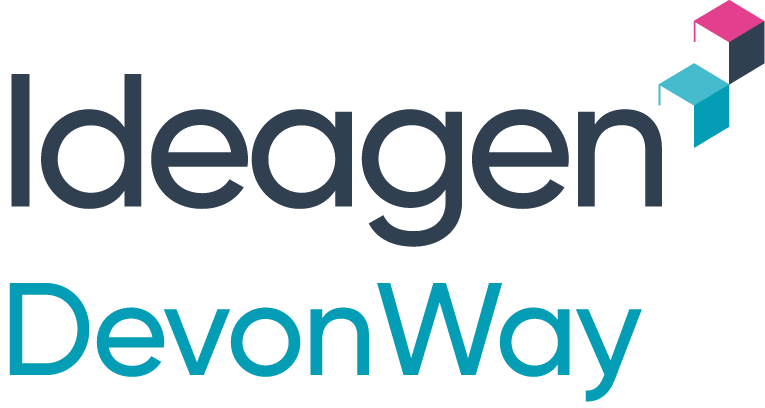Introduction
We all do things that are inefficient. We go to the store three times in a week because we couldn’t be bothered to double-check the pantry for missing staples. Or we pay $500 more for a flight because we waited till the last minute to make our vacation plans.
This is just human nature, and it’s okay because we’re typically just causing grief for ourselves. But when inefficiency is institutionalized in an organization, everybody loses:
- Profits are hurt, leading to lower morale and less stability
- Flexibility suffers, so when those market winds blow, you’re more likely to break than to bend
- Risk multiplies, because bad or missing data leads to safety issues
Especially for regulated, hands-on industries like energy, construction, and manufacturing – where people can get hurt when warnings signs are ignored – the cost of doing things manually and/or on paper can be incredibly impactful. Our customers’ own internal business cases have shown that it costs $10-$50 to fill out a form or execute a procedure on paper: between printing it, ferrying it around, scanning it back in, keying some of the resulting data into an ERP terminal, and looking for the lost original when the regulator inevitably asks for it, it’s a wonder the cost isn’t much, much greater.
And yet so many companies keep trudging on, business as usual, ignoring the future or assuming it’ll just come to them without any effort on their part – unaware that the light at the end of the tunnel is a train.
For those companies that want to have some control over their ability to survive in this constantly evolving market, we put together a simple formula to help you understand how much those manual, paper-based processes are costing you. This is based on real customer-based research, but of course results will vary depending on your specific situation, so we present a range, which will nevertheless give you a solid order of magnitude understanding.
Estimating your current costs
Let’s start by estimating your current costs. When it comes to enterprise software for regulated industries, these are typically due to a combination of the following:
- Inefficiencies with the current process
- Costs due to accidents, events, or findings
Let’s get started:
- What manual or paper-based processes are you trying to automate or improve? (For example, Corrective Actions and Safety Observations.) Answer: ____A_______
- How many times a year do you execute them? (For example, 20,000 Corrective Actions and 15,000 Observations a year.) Total: _____B_________
- Do you need IT to help you create reports and KPIs? If so, set D1 to $25,000 and D2 to $75,000 to reflect those labor costs.
- What is the annualized cost of what you would consider preventable accidents, events, or findings? (If you sleep like a baby every night, feel free to put zero). Answer: _____E_______
Your annual costs are in the range of ($10 * B + D1 + E) to ($50 * B + D2 + E).
Note that the above estimate does not include:
- Savings from combining multiple systems into one, avoiding double data entry and siloed analytics
- A cultural shift towards innovation resulting from employees seeing that it’s possible to have modern, easy to use, mobile tools at work
Achieving ROI
It’s also vital to point out that a gain in efficiency does not require layoffs. You can achieve ROI within a year or two simply by cutting down on overtime, not replacing employees who leave on their own, and reducing your dependence on contractors – not to mention the benefits from avoiding findings, identifying performance improvement opportunities, and giving yourself the ability to collect and respond to data in real time.
Back to the formula, though – does the number we came up with pass your gut check?
Although the factors that went into our calculations are based on real experience, results can vary. If we’re in the ballpark, and you’d like to know how much better DevonWay can do for you, please contact us for a demo and more details behind our calculations.







